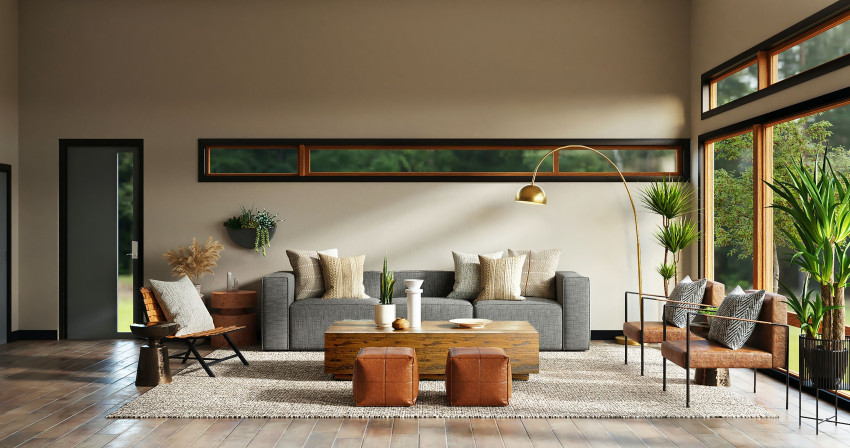
When delving into the captivating realm of home decor, two pivotal terms often come to the forefront: "design thinking" and "interior design." While these terms might seem interchangeable, they embody distinct philosophies that steer the course of how we conceptualize and curate living spaces. This exploration unveils the intricate nuances of these two concepts, shedding light on their individual significance within the context of home decoration.
Interior Design:
At its core, interior design encapsulates the art of orchestrating a symphony of elements that fuse aesthetics with functionality. From color palettes and textures to furniture arrangements and decor choices, interior design seeks to craft an environment that not only appeals visually but also seamlessly aligns with the practical needs of inhabitants. It's an art form that transforms spaces into personal narratives, reflecting the essence of those who reside within.
Design Thinking:
On the flip side, design thinking transcends industries as a dynamic problem-solving methodology. Driven by empathy and innovation, this approach revolves around understanding users' needs, ideating creative solutions, and iterating through feedback to achieve user-centric outcomes. While interior design captures the essence of aesthetics and functionality, design thinking takes a broader stance, emphasizing the user experience and iterative evolution.
Intersecting Synergies:
Although distinct, the paths of design thinking and interior design often cross, producing a potent synergy. The infusion of design thinking principles into interior design enriches the process by elevating user-centricity. By empathetically understanding the needs and aspirations of residents, interior designers can amplify their creative choices, leading to spaces that not only look stunning but genuinely enhance the lives of occupants.
The Collaborative Dance:
Imagine envisioning a rejuvenated living room. While interior design brings forth aesthetics through color schemes and furniture arrangements, design thinking steps in to ensure that the layout resonates with the inhabitants' daily life, activities, and preferences. The integration of these two approaches creates an environment where the beauty isn't skin deep but resonates profoundly with the people who live there.
Harmonizing the Artistry:
In summation, the interplay between design thinking and interior design uncovers a harmonious symphony of aesthetics and empathy. Interior design frames the canvas, meticulously painting each stroke of color and texture, while design thinking supplies the dynamic strokes of innovation, catering to the intricate needs of the human experience. Together, they compose a narrative where the beauty of design and the depth of purpose intertwine, transforming living spaces into captivating reflections of life itself.
In conclusion, the juxtaposition of design thinking and interior design enriches the landscape of home decoration. While interior design focuses on crafting visually appealing spaces, design thinking adds a layer of empathetic innovation, resulting in homes that are not just aesthetically pleasing, but also deeply resonant with the people who inhabit them. The harmonious interplay of these two concepts redefines the art of creating living spaces that are both stunning and meaningful.



